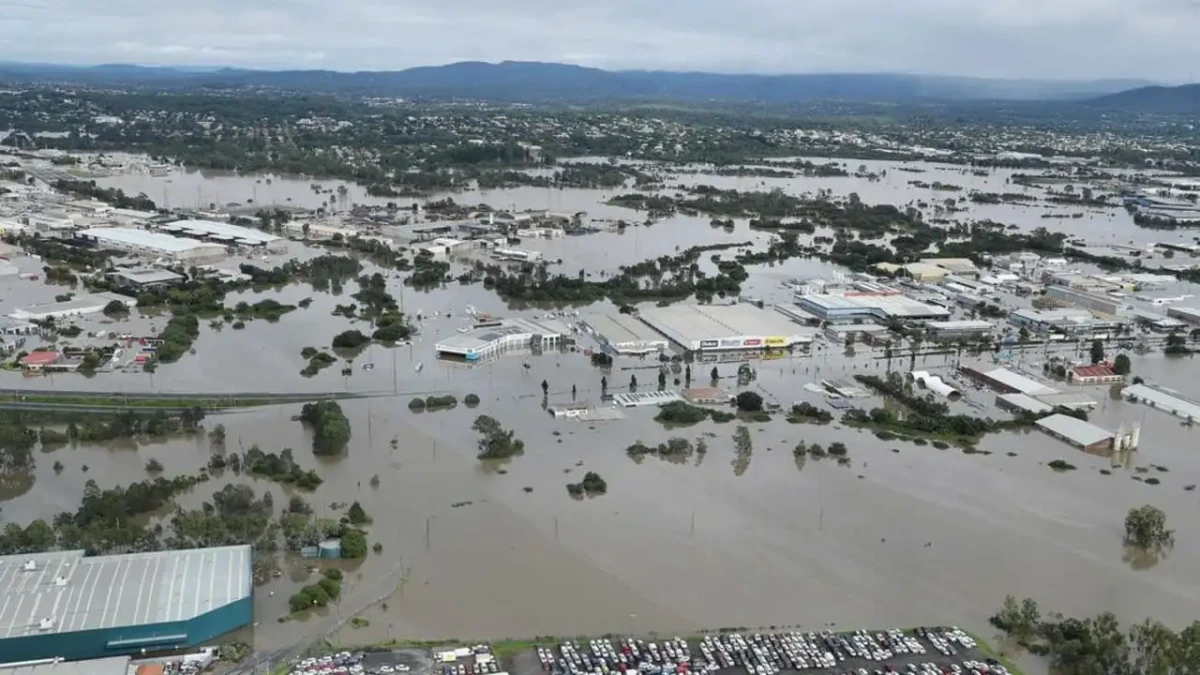Australia’s property market has faced a severe downturn, with an estimated $42.2 billion loss in national property values primarily due to increased flood risks. Rising sea levels, more frequent extreme weather, and intensified rainfall have exacerbated these risks, particularly impacting Queensland, where extensive flooding has caused significant property damage. In response, the Queensland government introduced a $75 million rebuilding fund aimed at assisting affected communities and enhancing infrastructure resilience.
New South Wales is also grappling with the crisis, having declared a state of emergency due to heavy rains that necessitated the evacuation of hundreds from flood-prone areas. Authorities are actively working to provide aid and ensure safety for impacted residents.
These events underscore the urgent need for comprehensive strategies to mitigate the escalating risks of climate change. Experts advocate for investments in resilient infrastructure, effective flood management systems, and policies that safeguard vulnerable communities from the consequences of extreme weather.
As Australia navigates the aftermath of these floods, the emphasis is on recovery and rebuilding. Governmental financial support and resource allocation are vital for communities to restore and adapt in the face of ongoing climate challenges.
Overall, the floods illustrate the broader implications of climate change on Australia’s property market and economy. They highlight the necessity for proactive measures to protect assets, enhance community safety, and ensure sustainable development amid environmental threats.
In summary, while the government’s actions, such as funding for recovery efforts, signify positive steps towards rebuilding, continuing strategies to tackle the root causes of extreme weather events are essential for fostering a resilient future for all Australians.












Leave a comment